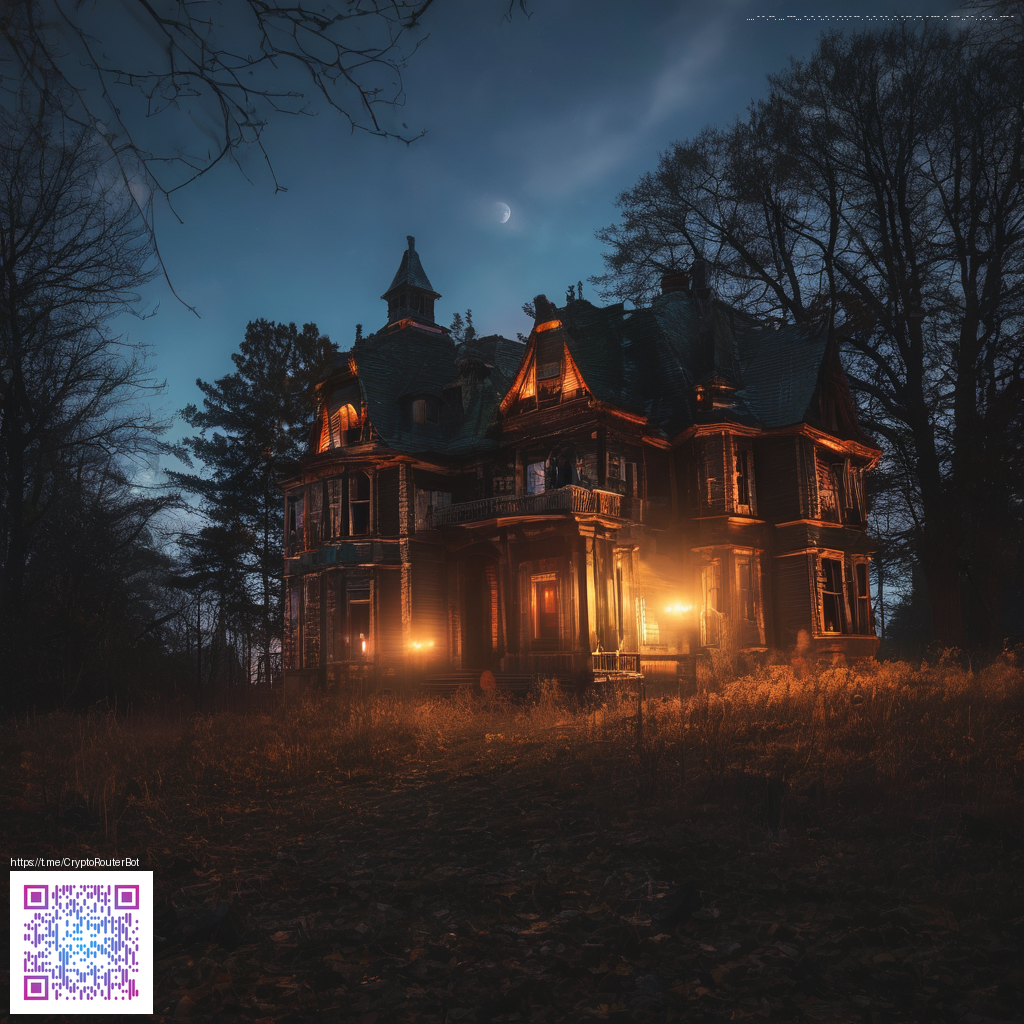
Visual evolution of Fallout 76 since reveal
From the first crowdsourced chatter at its reveal to the current era of frequent updates, Fallout 76 has undergone a remarkable visual transformation. The game launched with a bold color palette, rugged post apocalyptic textures, and a world that felt alive in concept if not always in execution. Over time, patches and expansions have pushed lighting, textures, and environmental details to better reflect the density of a living world while still honoring the franchise staples that fans love. The journey is a study in turning ambitious ideas into immersive on screen realities, one patch at a time 🎮
At its core the engine and rendering pipeline kept to the Creation Engine family, which presents a particular set of strengths and challenges. Early visuals were shaped by streaming decisions, draw distances, and texture budgets that favored broad landscapes over micro detail. Players quickly noticed the trade offs, with occasional pop in and texture pop during fast travel or dense environments. This context helps explain why subsequent updates leaned into lighting physics and post processing to elevate the atmosphere without sacrificing the unmistakable Fallout vibe.
As patches rolled in, developers quietly prioritized atmosphere over raw sensor grade numbers. Lighting received sustained attention, turning hazy horizons into believable sunsets and sunrises, and adding depth to interiors with improved bounce lighting and shadow fidelity. The effect is not just a pretty paint job; it changes how you perceive distance, cover, and danger in a world that keeps you on edge as you explore. Exchange a single torch for a city that feels lived in and you sense the shift in tone as well as in texture detail.
The big turning point comes with major updates that introduced more lifelike NPCs and richer environments. The arrival of non playable characters with nuanced animations, varied clothing, and more convincing skin and facial details did more than spark conversations; it lifted outdoor spaces with a sense of scale and personality. When you walk into a settlement at night and notice how light bends through a doorway and reflects off chrome, you feel the difference between a world you merely traverse and a world you can believe in. This leap was not about a single feature but a cascade of refinements across lighting, shading, and material work.
Community input played a critical role in shaping the visuals as well. Modding culture embraced the shift toward richer environments by offering texture packs, lighting presets, and post processing tweaks. While many players opt for official updates first, the broader community has experimented with ENB style tweaks and high resolution packs that push the game toward sharper textures and crisper atmospherics. The dialogue between official patches and community refinements has become a healthy engine of continual improvement, even as the base game remains rooted in its distinctive design language.
Developer commentary during and after major releases has underscored a philosophy of steady visual refinement. Bethesda and its teams have consistently highlighted performance tuning alongside aesthetic upgrades, aiming to deliver more cinematic moments without compromising playability. That balance matters in a game that often rewards careful exploration over frenetic action, and the ongoing tuning reflects a commitment to making each location feel positively lived in. The result is a Fallout 76 that looks closer to what fans imagined at launch while retaining the approachable charm that keeps players coming back for more.
Where visuals stand today is a blend of deliberate system level improvements and creative experimentation from the community. You still may notice standout moments in overcast skies, reflected light in chrome surfaces, and careful micro detailing in settlement interiors. The patch cadence continues to present opportunities for new look and mood, from subtle weather shifts to more dramatic lighting for special events. It is a constant reminder that a game born with a bold concept can still surprise us with how good it can look when developers and players share a long memory of the world they are building together.
For fans who crave deeper dives into flux and texture, the ongoing conversation is as much about technique as about spectacle. Topics like volumetric lighting, ambient occlusion, and post processing can feel abstract until you walk a canyon hallway at dusk and notice how the shadows carve the walls. These details accumulate into a cohesive experience that not only preserves the franchise identity but also invites you to linger, survey, and plan your next expedition with fresh eyes. In short, the visuals have grown up in plain sight while staying unmistakably Fallout.
Product note this article sits alongside a practical companion for readers who love tactile devices. If you are looking to upgrade your gear while enjoying the latest in gaming visuals, check out the accessory below. Phone Click On Grip Back Holder Kickstand keeps your device secure during long sessions and helps you capture or stream those cinematic moments with ease.
Phone Click On Grip Back Holder Kickstand